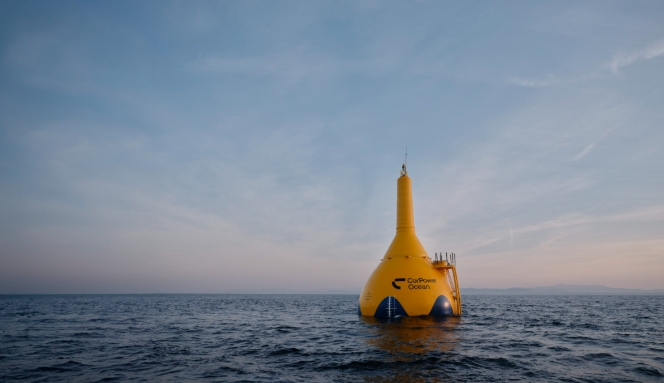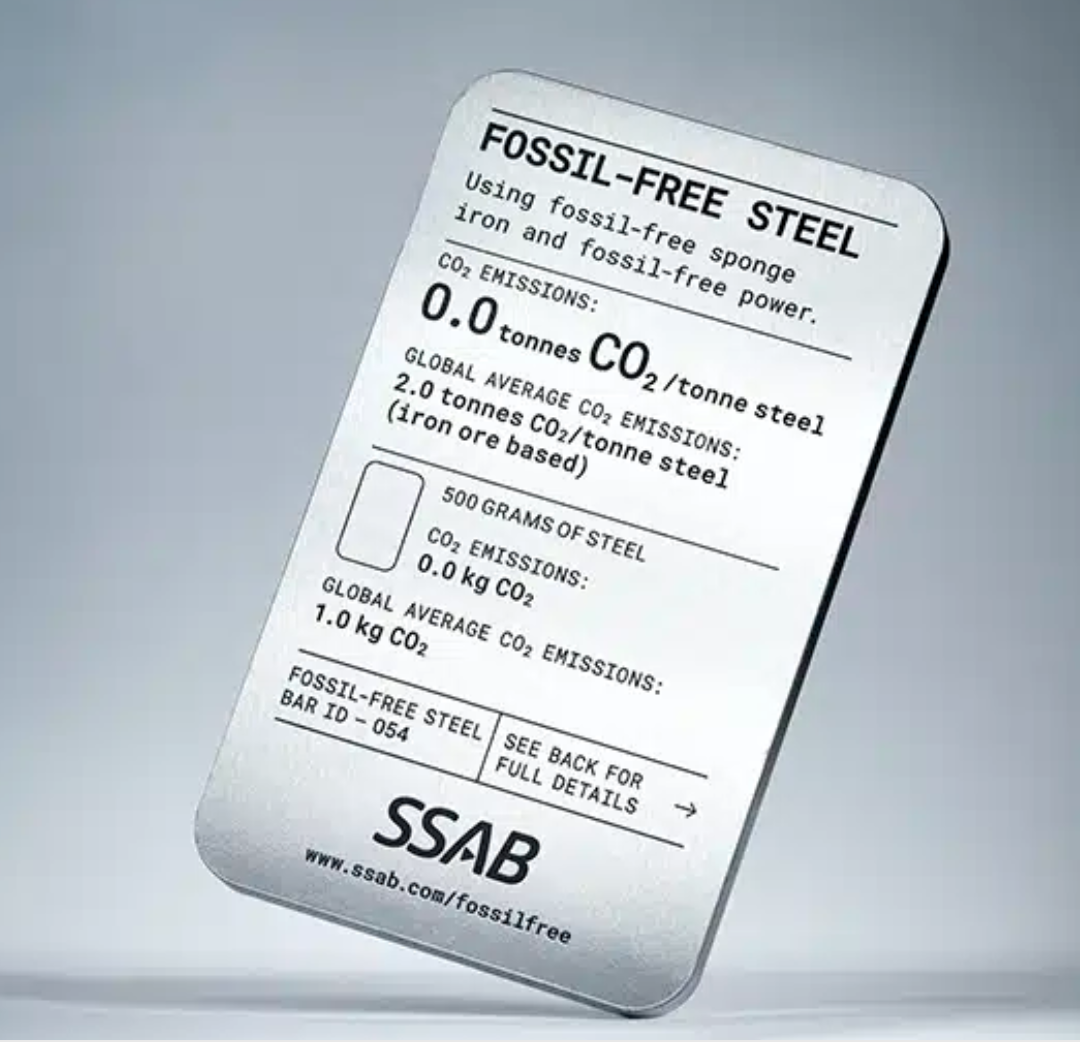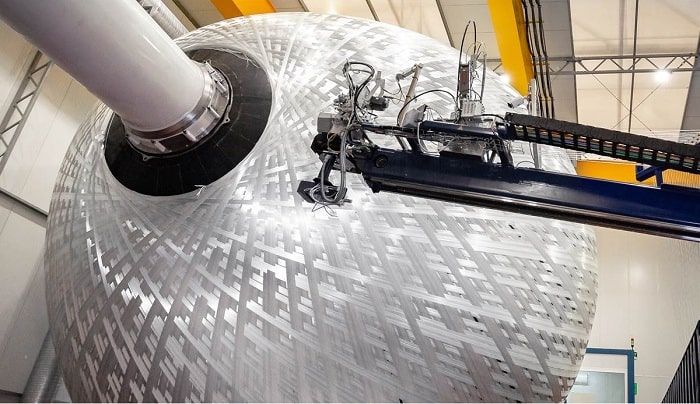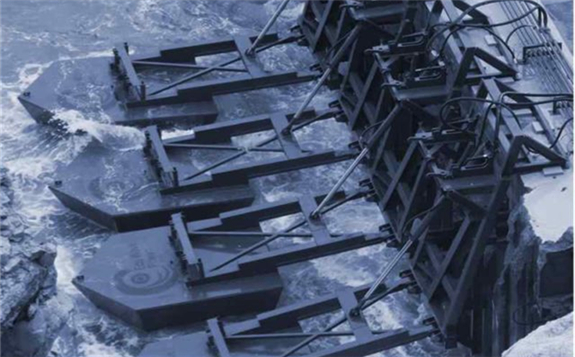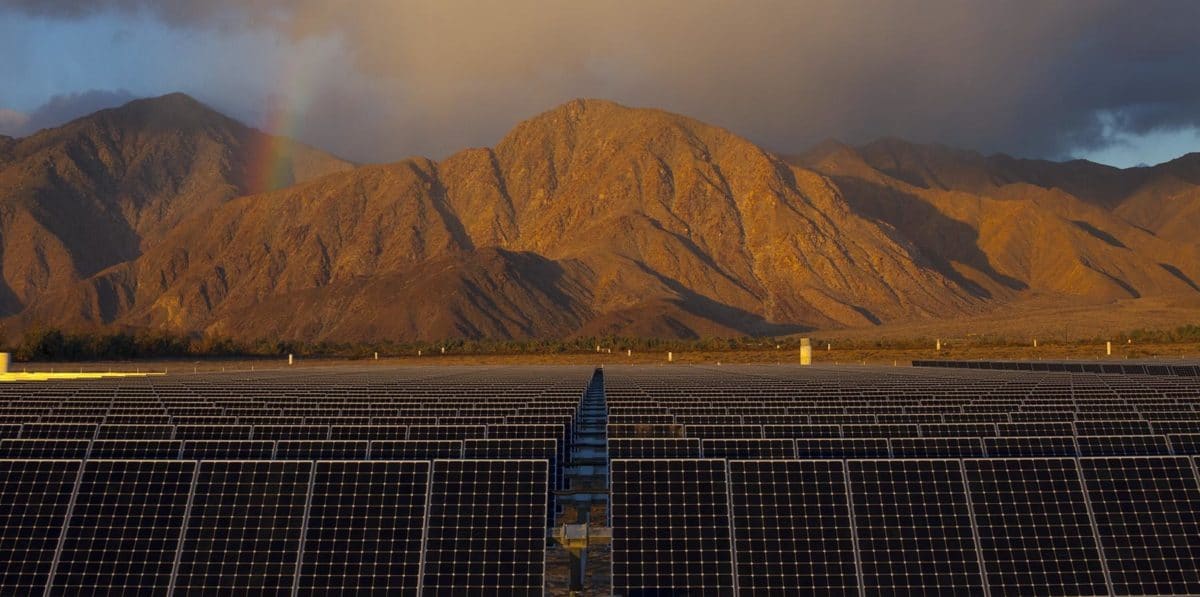 Recent studies have proposed using solar-plus-storage microgrids to minimize public safety concerns from power shutoffs (PSPS) during the wildfire season for communities located in wildland-urban interfaces, such as California and much of the US west coast.
Recent studies have proposed using solar-plus-storage microgrids to minimize public safety concerns from power shutoffs (PSPS) during the wildfire season for communities located in wildland-urban interfaces, such as California and much of the US west coast.A comprehensive assessment of microgrids had not been performed to evaluate the potential to enhance resilience for up to 46 million Americans living next to forests, or a wildland-urban interface, where wildfire risk is acute.
To address this research gap, a study by the Lawrence Berkeley National Laboratory looked at a novel modeling framework and assessed the potential of solar and batteries for districts where power can be turned off based on wildfire warnings.
LBNL’s modeling framework consists of:
Clustering algorithms that identify communities based on building footprint data, fire hazard severity, and renewable energy potential;
A building simulation model to quantify the energy demand;
An energy system optimization model to assist the microgrid.
LBNL defines a microgrid as a controllable and localized energy grid that could be disconnected from the regional grid and operate independently.
An optimization tool was introduced to model microgrids in forest-bordering regions, and subsequently, an assessment was performed focusing on seven localities in California with different climate conditions.

